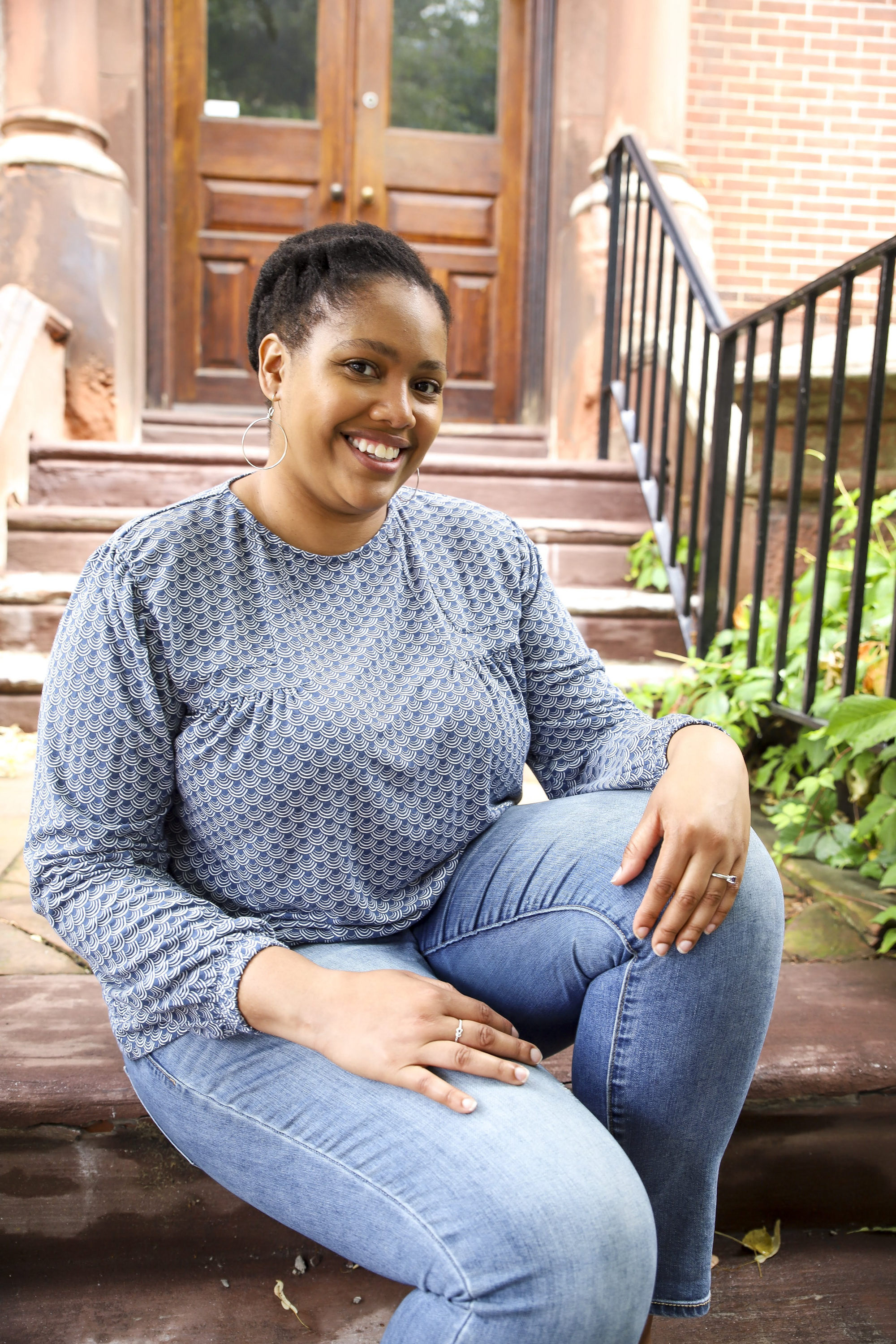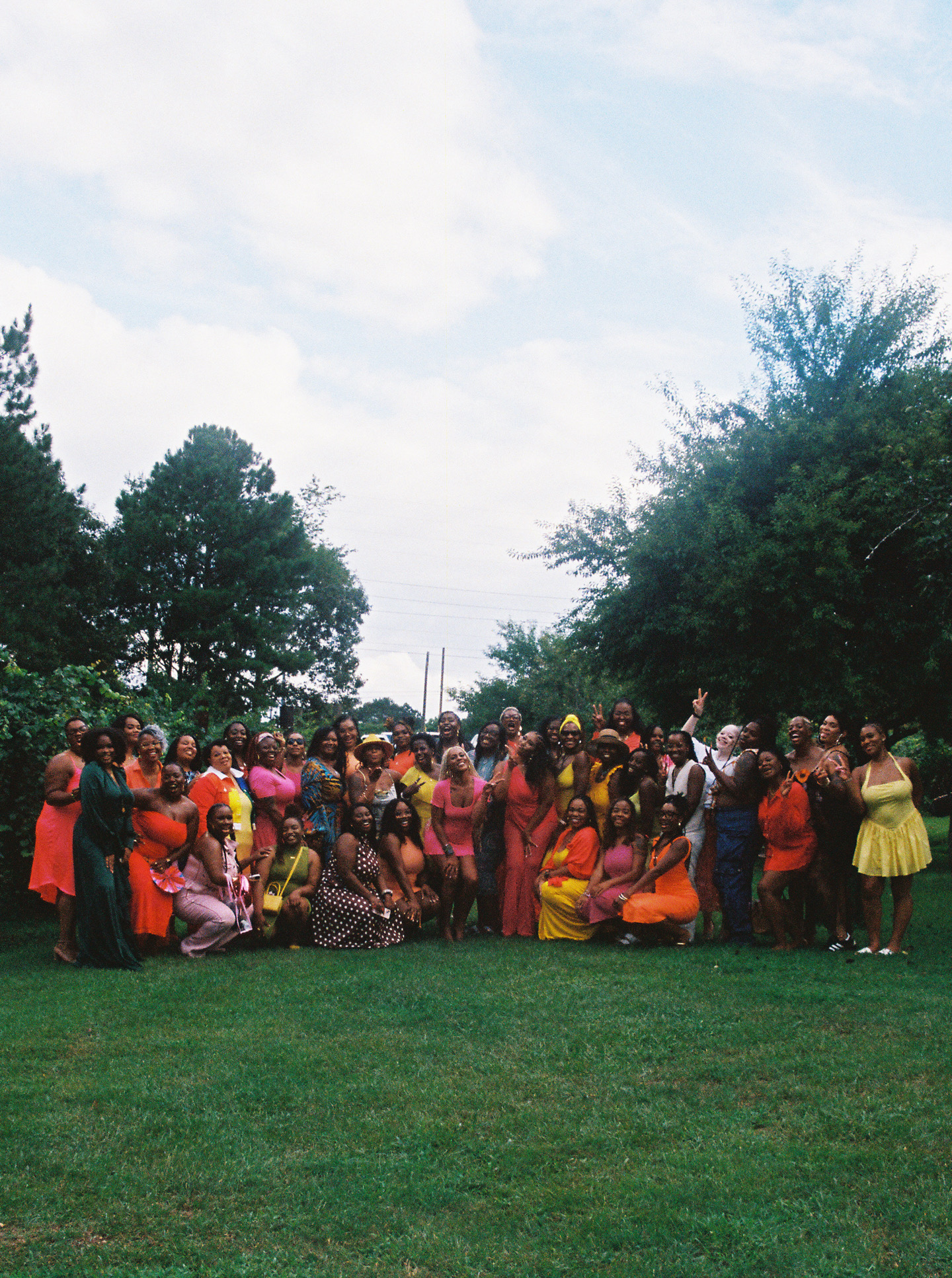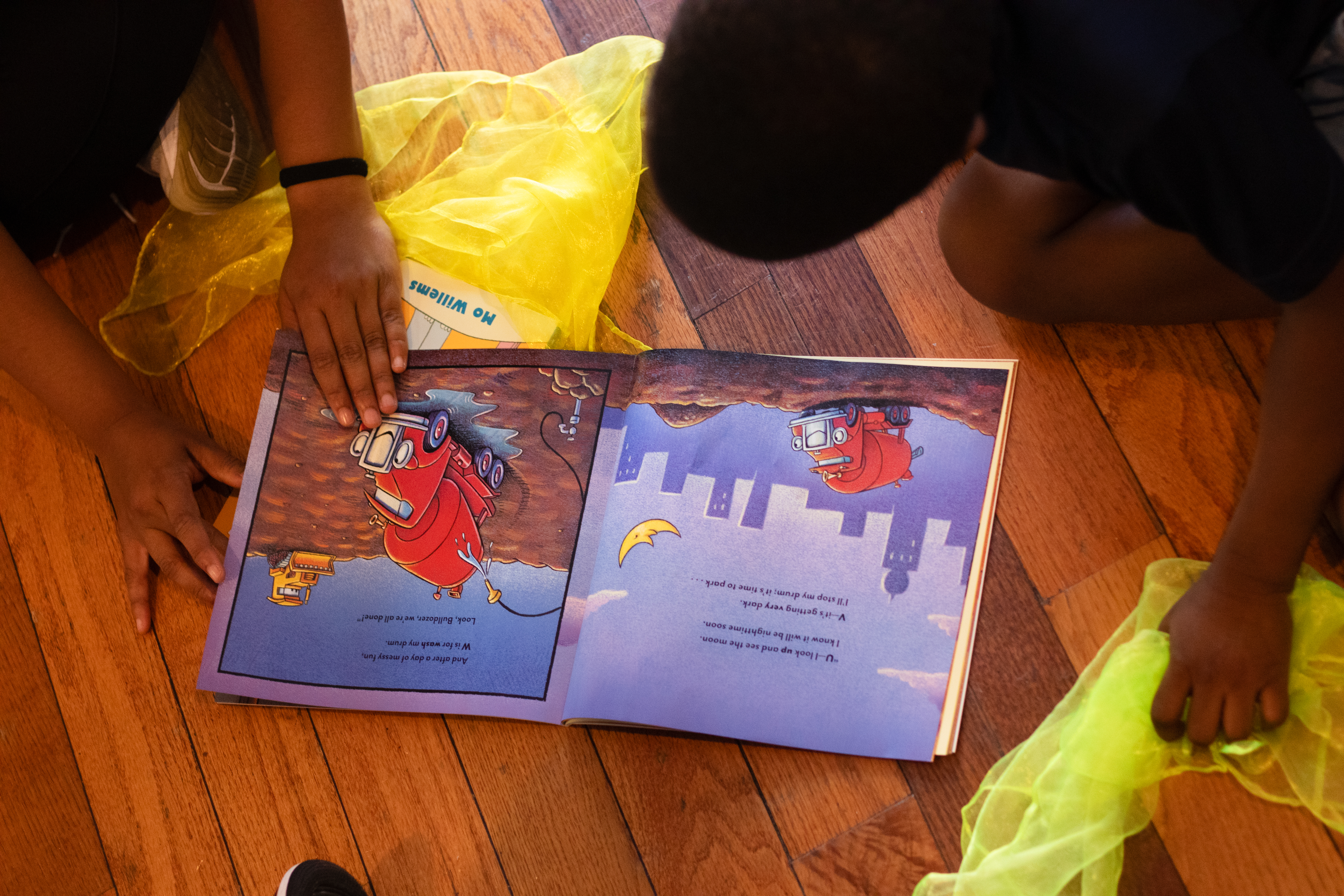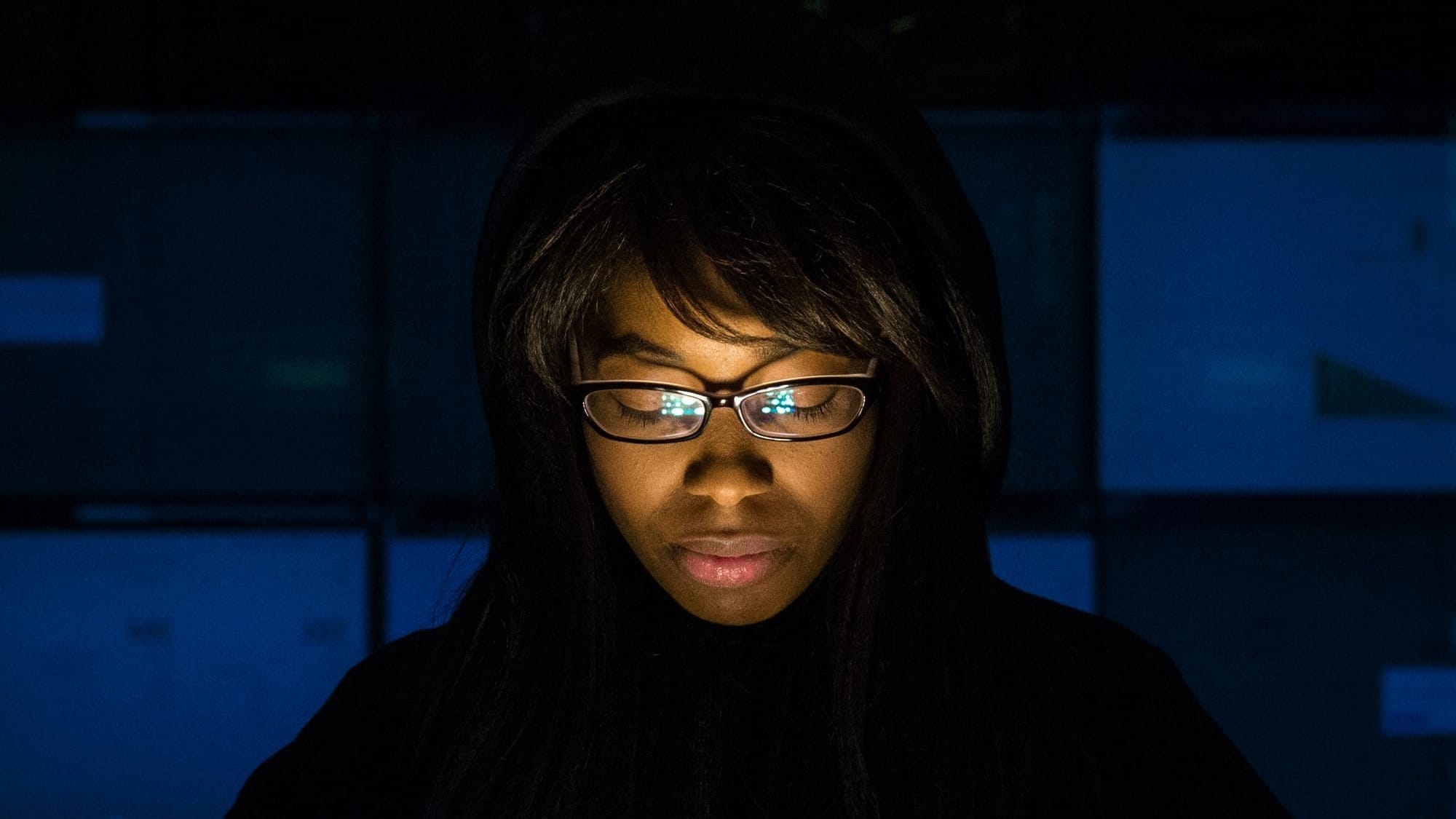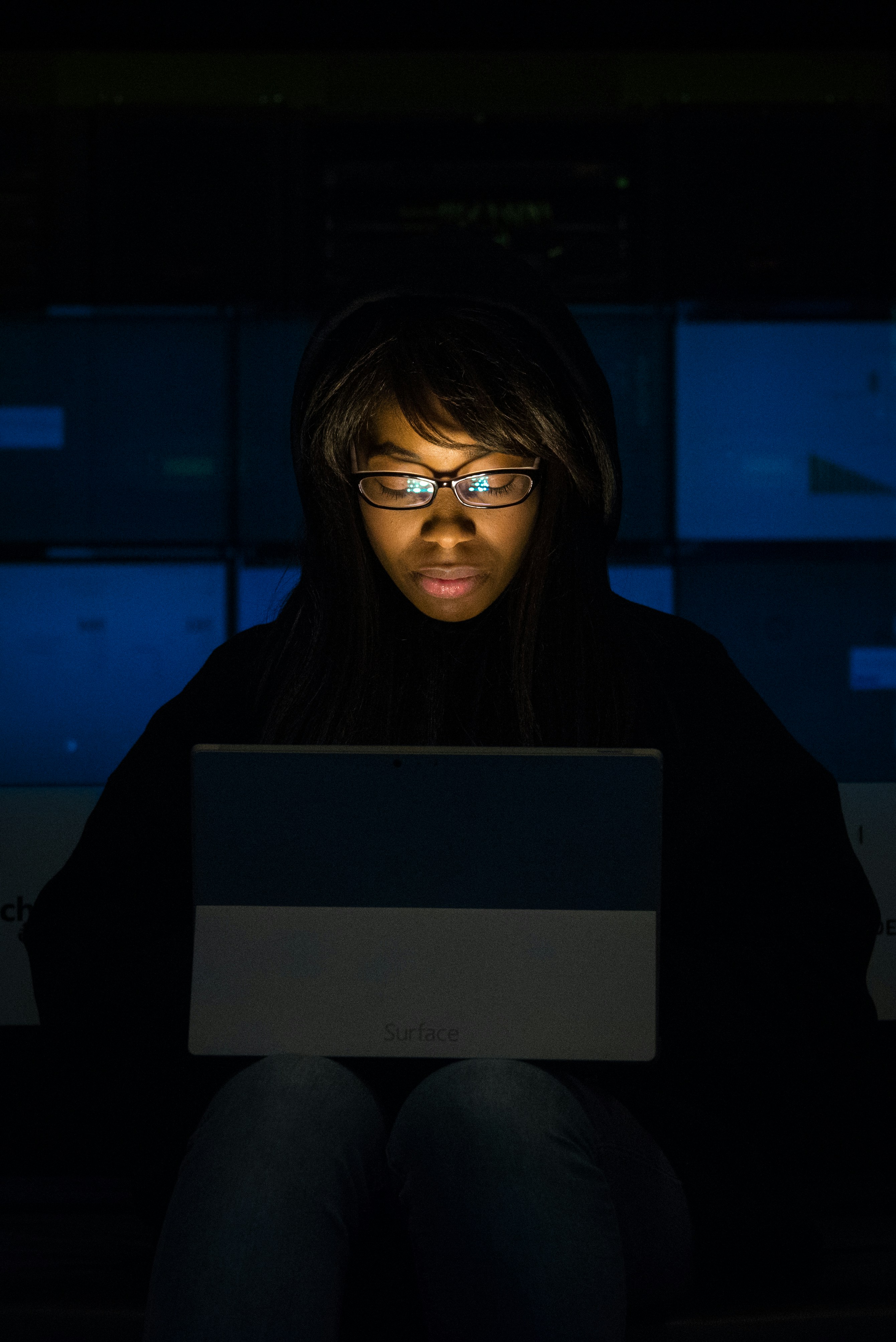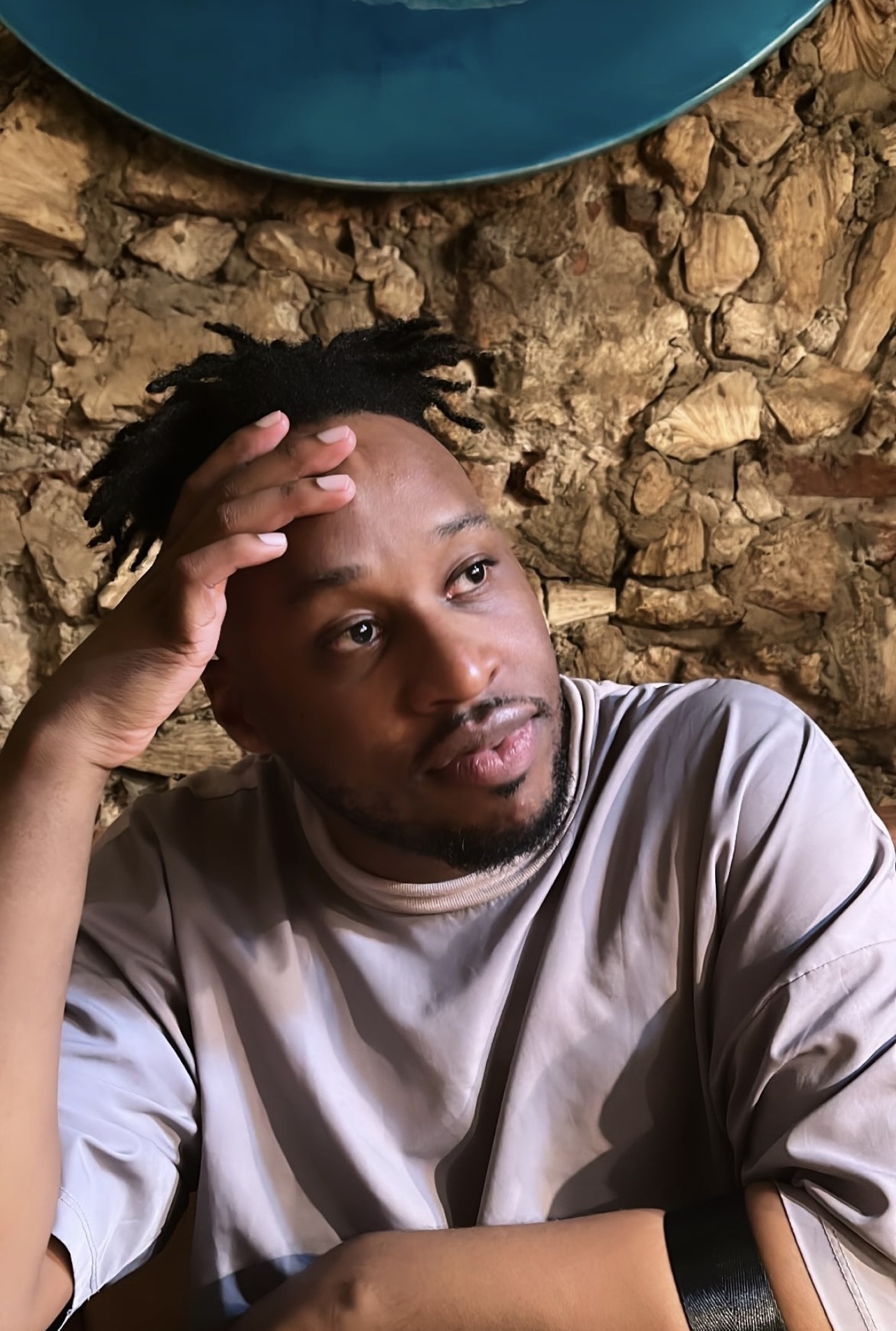16 Black Museums, Memorials, and Historic Sites In Philly You Should Visit
Philadelphia is the home of many museums and historical sites. As one of the United States’ oldest cities, there is barely a corner of the City of Brotherly Love that isn’t steeped in history or relevant in some cultural way.
Philadelphia is the home of many museums and historical sites. As one of the United States’ oldest cities, there is barely a corner of the City of Brotherly Love that isn’t steeped in history or relevant in some cultural way.
That is especially true for Black culture and history. Philadelphia played a vital role in Black history and Black culture. From being one of the stops on the Underground Railroad to being the home of greats like Marian Anderson, Alain Locke, Sadie Tanner Mossell Alexander, Pearl Bailey, and many others.
While residents and visitors alike will make their way to the well-known and appreciated African American Museum of Philadelphia, there are many other museums, memorials, historic sites, and installations all around the city. Here are a few locations residents and visitors to Philly should definitely visit:
A museum that is the first of its kind, the Colored Girls Museum of historic Germantown is a museum dedicated to Black women and girls.
This museum honors the experiences of the millions of human-trafficked Africans from the first ship that left Western African shores up to Jim Crow South. The Lest We Forget Museum currently operates by appointment only.
Slated for an October 2024 reopening following devastating damage in a 2020 flood, the Marian Anderson Museum honors the life and legacy of the prolific Philadelphian performer and activist.
This museum honors the life of actor, singer, and activist Paul Robeson while supporting the arts and artists of West Philadelphia.
Underground Railroad Museum at Belmont Mansion
As one of the stops on the Underground Railroad, Belmont Mansion’s history shares the lesser-known stories of escape and liberation from enslavement.
Another site along the Underground Railroad, the Johnson House shares the unique distinction of operating as a hub of sorts where those fleeing to freedom found not only rest but clothing, paperwork, and even hosted many meetings of an abolitionist society.
One of the five parks planned by William Penn, Washington Square was the frequent gathering of free and enslaved Black people for celebrations, holidays, and traditional ceremonies. It also operated as a burial ground for many Black folks in the city.
This museum of carefully collected World War II artifacts and photographs celebrates the life, sacrifice, and legacy of Black veterans.
Mother Bethel is a functioning church, historic site, and museum in one. It features artifacts and documents that tell the story of the church’s founding and its role in Philadelphian and national Black history.
African Episcopal Church of St. Thomas
This church features lovingly preserved archives and items dating back to the time of its first Rector, the revered Absalom Jones.
All Wars Memorial to Colored Soldiers and Sailors
This memorial statue in Logan Square honors the sacrifices of both Black sailors and soldiers of all wars.
Engine 11 (All-Black Fire House)
For decades, this segregated firehouse served the people of South Philadelphia with distinct service. This building commemorates that service.
Did you know that Philly had a Negro Leagues Baseball team? Located on the southwest corner of Belmont and Parkside Avenues, this statue honors the Negro Leagues, particularly the Philadelphia Stars.
Honoring the life and contributions of activist, abolitionist, and athlete Octavius Catto, this statue stands outside of Philadelphia’s City Hall commemorating the thirty-two-year-old’s impact on the city and nation.
Founded during a time when segregation reigned, this historic theater provided access to education, training, and performance opportunities for Black Americans.
Philadelphia Clef Club of Jazz and Performing Arts
Founded by members of Philadelphia’s African American Musicians Union post-segregation, the Clef Club featured music greats such as Nina Simone, Grover Washington, John Coltrane, Dizzy Gillespie, and so many others.
Now, time to explore. Simply take a walk through some of Philly’s neighborhoods and you will likely run into a blue marker or site placard recounting the rich, too often forgotten Black history of Philadelphia.
